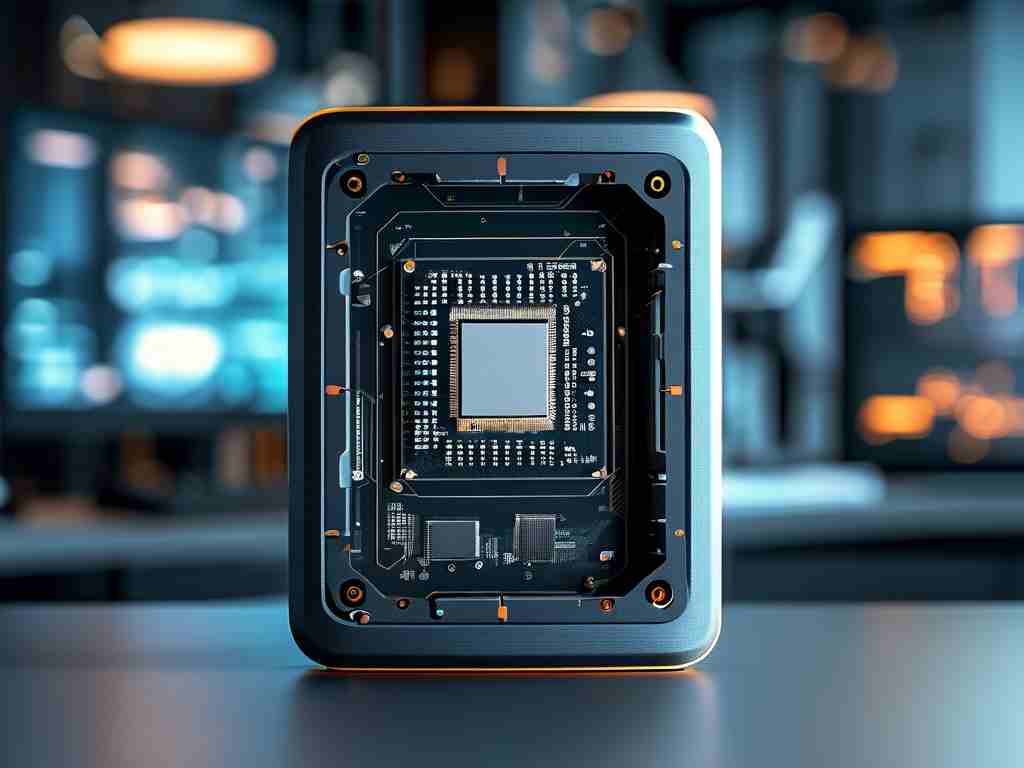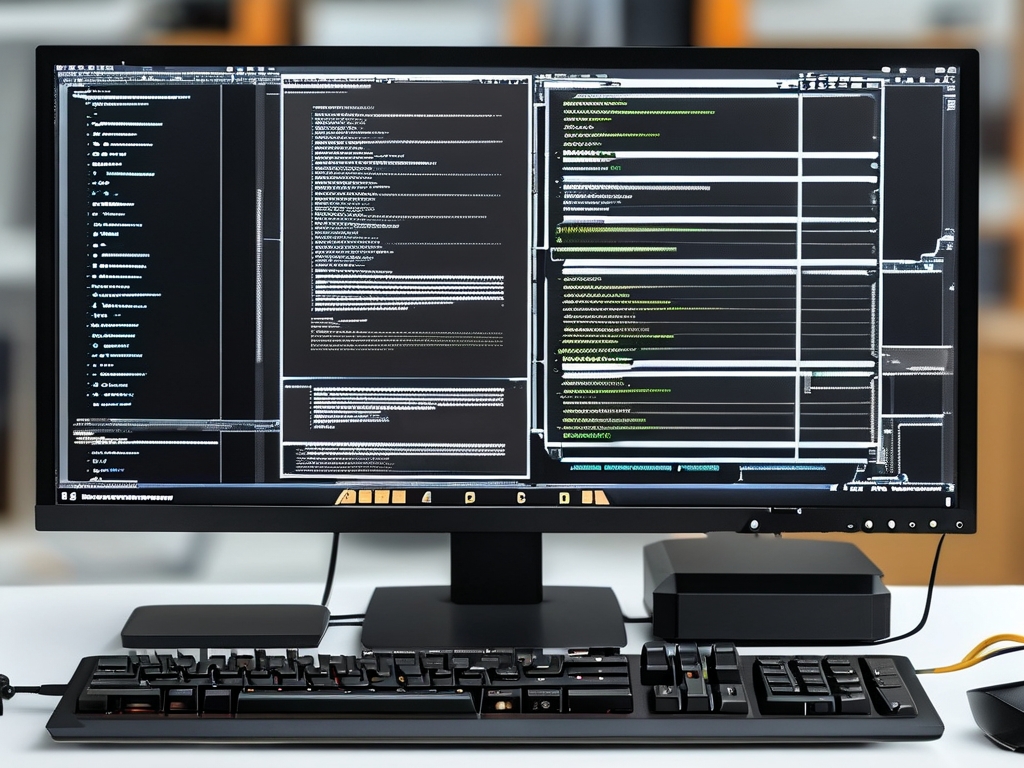Embedded systems form the backbone of modern technology, powering everything from smart home devices to industrial automation. Unlike traditional software development, embedded engineering demands a unique blend of hardware and software expertise. This article explores key strategies for optimizing embedded development workflows, addressing common challenges, and leveraging tools to deliver robust solutions.

The Intersection of Hardware and Software
Embedded development requires a deep understanding of both microcontroller architectures and low-level programming. For instance, optimizing code for an ARM Cortex-M4 processor involves balancing performance with power consumption. Developers often use C or C++ to write firmware that interacts directly with hardware registers. Consider this snippet for configuring a GPIO pin on a STM32 chip:
void GPIO_Init() {
RCC->AHB1ENR |= RCC_AHB1ENR_GPIOAEN; // Enable GPIOA clock
GPIOA->MODER |= GPIO_MODER_MODE5_0; // Set PA5 as output
GPIOA->ODR |= GPIO_ODR_OD5; // Set PA5 high
}
This code highlights the precision needed to manipulate hardware registers, a core aspect of embedded programming.
Resource Constraints and Optimization
Memory and processing limitations are hallmarks of embedded systems. A device with 128 KB of RAM and a 48 MHz CPU requires careful resource management. Techniques like static memory allocation, interrupt-driven design, and loop unrolling are critical. For example, using volatile variables in interrupt service routines (ISRs) ensures correct compiler behavior:
volatile uint8_t sensor_data_ready = 0;
void ADC_IRQHandler() {
sensor_data_ready = 1;
// Read ADC value here
}
Developers must also profile code using tools like GNU gprof or platform-specific analyzers to identify bottlenecks.
Debugging in Resource-Limited Environments
Traditional debugging methods often fail in embedded contexts. Hardware debuggers like J-Link and ST-Link provide real-time insights via SWD or JTAG interfaces. Additionally, semi-hosting—a technique to relay debug messages through a host PC—can be invaluable:
#include <stdio.h>
void debug_log(const char* msg) {
printf("DEBUG: %s\n", msg); // Redirected to host console
}
For wireless devices, tools like Segger RTT enable logging without physical connections.
Toolchains and Ecosystem Integration
Modern embedded projects rely on toolchains such as ARM GCC or IAR Embedded Workbench. The rise of PlatformIO and VS Code has streamlined cross-platform development. A typical workflow might involve:
- Writing code in an IDE with syntax highlighting
- Compiling with a target-specific toolchain
- Flashing firmware via OpenOCD
- Testing with hardware-in-the-loop (HIL) simulators
Automated testing frameworks like Unity or Ceedling further enhance reliability.
Security and Future Trends
As IoT devices proliferate, security becomes paramount. Techniques like secure bootloaders, encrypted OTA updates, and hardware-based Trusted Execution Environments (TEEs) are gaining traction. The emergence of RISC-V architectures also promises customizable, open-source processor designs.
In , embedded development thrives on meticulous planning, cross-disciplinary knowledge, and adaptive problem-solving. By mastering both the technical and strategic aspects, engineers can build systems that are efficient, reliable, and ready for tomorrow’s challenges.









